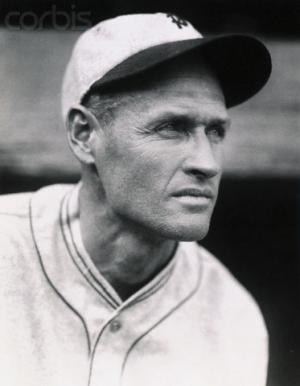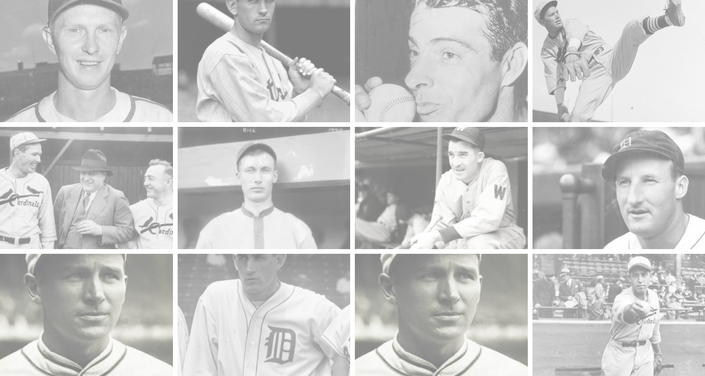Although the major leagues optimistically keep the schedules at 154 games despite the war
1918 – Although the major leagues optimistically keep the schedules at 154 games, the owners agree to halve the spring training time in an attempt to save money with the United States now engaged in World War I, as the St. Louis Cardinals open their camp at Hot Springs, Arkansas. In fact, the season’s last month will never be played, with the World Series starting at the beginning of September.




